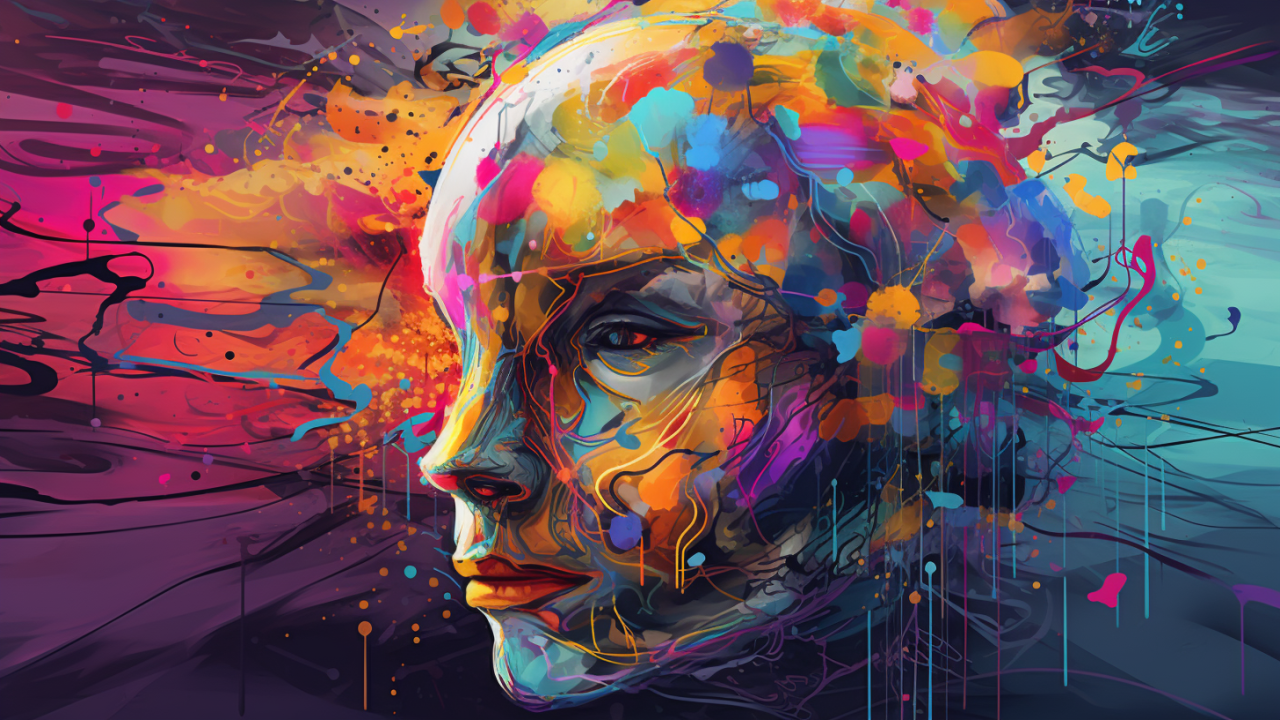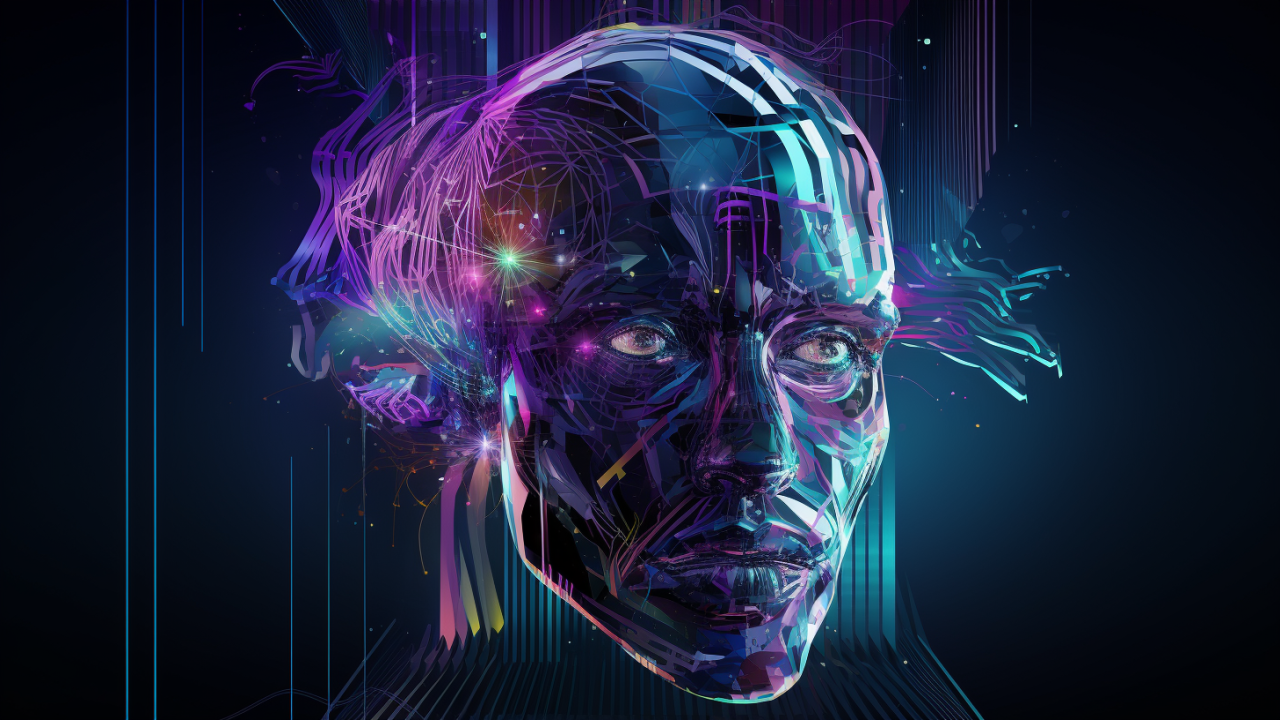Unleashing Creativity How AI is Transforming Image Generation
In today's rapidly evolving digital landscape, the intersection of artificial intelligence (AI) and creative industries is paving the way for a new era of innovation. AI is not just automating mundane tasks; it is enhancing creative capabilities, transforming traditional practices, and opening up new realms of possibility. Among the most exciting advancements is the role of AI in image generation, which has dramatically altered the way artists, designers, and content creators develop visual content.
The Genesis of AI in Image Generation
AI's involvement in image generation began with simple experiments in pattern recognition and has evolved into sophisticated algorithms capable of creating high-quality images from textual descriptions. Technologies like Generative Adversarial Networks (GANs) and neural style transfer have been pivotal. GANs, for instance, use two neural networks in opposition to generate new, synthetic instances of data that can pass for real data. This technology has been used to create everything from fictional landscapes to portraits of non-existent people, offering a glimpse into the potential of AI as a tool for creative expression.
Enhancing Human Creativity
The integration of AI in image generation is not about replacing human creativity but enhancing it. AI can process and analyze vast amounts of data far more quickly than a human, pulling from an extensive array of sources to generate ideas and patterns that might not be immediately obvious. For creatives, this means that AI can serve as a powerful assistant in the creative process, offering new perspectives and inspiring innovative approaches to art and design.
For instance, graphic designers can use AI to generate multiple variations of a design in seconds, allowing them to explore more options and refine their ideas more efficiently. Similarly, artists can use AI to experiment with different styles and techniques, pushing the boundaries of their traditional artistic expression.
Transforming Industries
The impact of AI on image generation is not confined to the realms of art and design. It is also transforming industries like advertising, marketing, and entertainment. In marketing, AI-generated images can be tailored to match the preferences of a specific audience, increasing engagement and effectiveness. In film and gaming, AI can be used to create detailed backgrounds and environments, reducing the time and cost associated with set design and production.
Moreover, the ability to generate realistic images quickly and affordably is particularly beneficial for small businesses and startups. These tools democratize design and allow companies with limited resources to compete with larger entities, leveling the playing field and fostering innovation.
The Role of Data in AI Image Generation
At the heart of AI image generation is data. The quality and diversity of the data used to train AI models significantly influence the output. This is why data collection and curation are critical components of AI image generation. By training AI models with diverse datasets, developers can ensure that the generated images are not only high-quality but also inclusive and representative of different demographics and perspectives.
However, this reliance on data also introduces challenges, particularly concerning bias. If AI models are trained on datasets that are not diverse, the resulting images can perpetuate stereotypes and biases. Therefore, it is crucial for those working with AI in image generation to be vigilant about the data they use and strive to promote diversity and inclusivity in AI-generated content.
Ethical Considerations and Future Directions
As with any technology, AI in image generation comes with its set of ethical considerations. The ease with which AI can create realistic images raises concerns about authenticity and trust. Deepfakes, a technology that uses AI to create convincing fake videos and images, have highlighted the potential for misuse. As AI continues to advance, it will be imperative to develop standards and regulations to prevent unethical use while supporting innovation.
Looking forward, the possibilities for AI in image generation are boundless. As AI technology continues to evolve, we can expect even more sophisticated tools that offer greater control and customization, making it easier than ever for creators to bring their visions to life. AI is also likely to become more intuitive and user-friendly, making it accessible to people without technical expertise.
Conclusion
AI is transforming image generation, unleashing creativity, and opening up new opportunities for creators across various fields. By enhancing human creativity, democratizing design, and pushing the boundaries of what is possible, AI is not only changing how we create but also expanding what we can imagine. As we stand on the brink of this new era, it is clear that the fusion of AI and creativity will continue to be a major force in shaping the future of visual content.





Comments (0)
No comments found